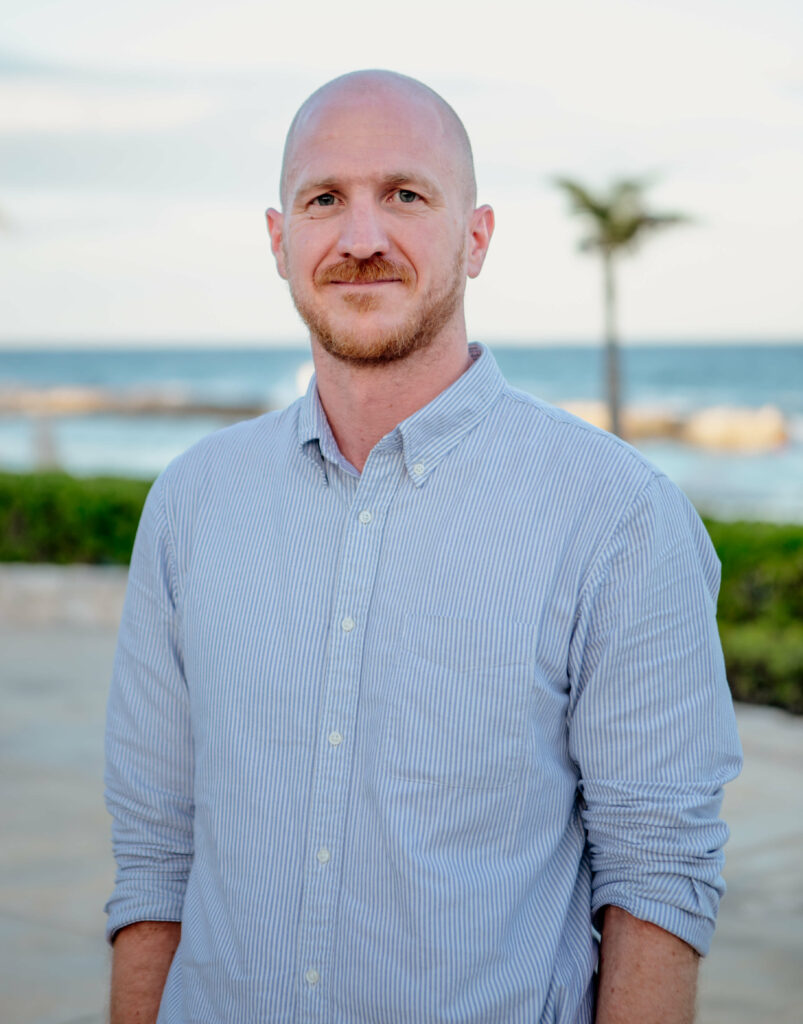
In the New Microfinance Handbook (2013), Mayada El-Zoghbi and Barbara Gähwiler wrote about how donor funding to the microfinance sector was concentrated in a small number of institutions in a handful of countries, and that this called into question the catalytic nature of donor funding.
“Internal systems often reward disbursements of large amounts of funding, creating a bias toward markets and recipients of funding that can absorb large amounts easily,” they wrote. “More challenging obstacles for financial inclusion that may require small, long-term, and patient funding are too often ignored.” To illustrate the point, they used data from the 2010 CGAP Funder Survey demonstrating that more than 50 percent of all single-country donor commitments went to just 15 countries, including some of the more developed microfinance markets like India, Bangladesh, and Kenya.
A decade on from that first attempt by CGAP to map funding flows for financial inclusion, we know a lot more about the potentially catalytic role of donor funding, thanks in part to the widespread adoption of the market systems approach. We’ve also seen big shifts in the financial inclusion sector driven by technology, and the emergence of digital financial services (DFS) and fintech as areas for funders seeking development impact.
Over the past eight years, MIX, a unit within CFI, has partnered with CGAP to track the evolving landscape of financing for financial inclusion and this year spearheaded an analysis of funding flowing specifically to DFS – the first of its kind in the industry. This recently published analysis suggests that funding for DFS may be following similar patterns to the growth of microfinance such that there’s a concentration of funding in a relatively small number of countries, which also tend to be relatively financially included (and high-income).
In fact, the 15 countries that receive the most funding for DFS account not just for half but for three-fourths of total development spending (as of the end of 2018). This includes a number of middle-income countries, like China, Brazil, and India, as well countries like Kenya and Bangladesh that are low-income but have relatively established financial ecosystems. While the digital revolution is held up as an opportunity to expand financial access to those currently unserved, we find that funding to countries with already high levels of financial inclusion is 2.5 times as much as the funding to the least financially included countries.
Funding to countries with already high levels of financial inclusion is 2.5 times as much as the funding to the least financially included countries.
Microfinance went through this. As the concentration problem arose, funders recognized the need not just to support existing markets and institutions but to develop ecosystems for new players to emerge. They shifted to supporting regulations for non-bank entities to lend to financially excluded people and businesses (for example, new legal statuses, like the NBFC MFIs in India). These regulatory changes allowed for hundreds of new institutions to be established and microfinance to spread into new markets, attract capital, experiment, and expand the reach and range of services. Funders also supported the proof of concept of new business models and product innovations for new, specialized microfinance institutions.
A Debate Over the Additionality of Development Funding
There is a buzz around fintech that development funders seem to find hard to resist. As Greta Bull wrote in her essay on fintech in 2019, “Anything with a technology tag gets funding and attention, whether it is solving a real problem or not.” Our new data shows that, while a few years ago funders were supporting the digital growth of a range of institutions – banks, MFIs, mobile money providers, and fintechs – in the past two years, 100 percent of DFS funding to financial institutions has gone to fintechs. Are development funders providing the risk capital needed to build new investment-ready inclusive businesses? Maybe. But we have also seen large equity investments in fintech companies that have already raised significant money from impact investors and commercial venture capitalists. This raises the question: where exactly is the additionality of this development money?
We have seen large equity investments in fintech companies that have already raised significant money.
Again, maybe we can look at microfinance for some suggestions on where to go. Funders to microfinance came to the realization that they may not be the best entities to invest in MFIs. This led to the development of the Microfinance Investment Vehicles (MIVs), which pooled investments from public and private funders and provided the expertise and the necessary structure to respond to specific needs of the microfinance sector. As of last year, almost $17 billion was deployed by these specialized fund managers, according to a survey by Symbiotics.
Conclusion
The DFS sector is still young, and it is good that these debates are already happening. Ideally, funding to financial inclusion should be built around detailed theories of changes that address market failures and are catalytic in nature. This might mean rejecting a big investment in a high profile fintech in favor of small, long-term, and patient funding. The hope for funders must be that, in ten years’ time, when we’re looking back at how funders supported the growth of financial inclusion in a period shaped by technology and global crises, that funding was shown to be additional, pro-poor, and instructive for how to go about effectively supporting the next big thing.
Report











